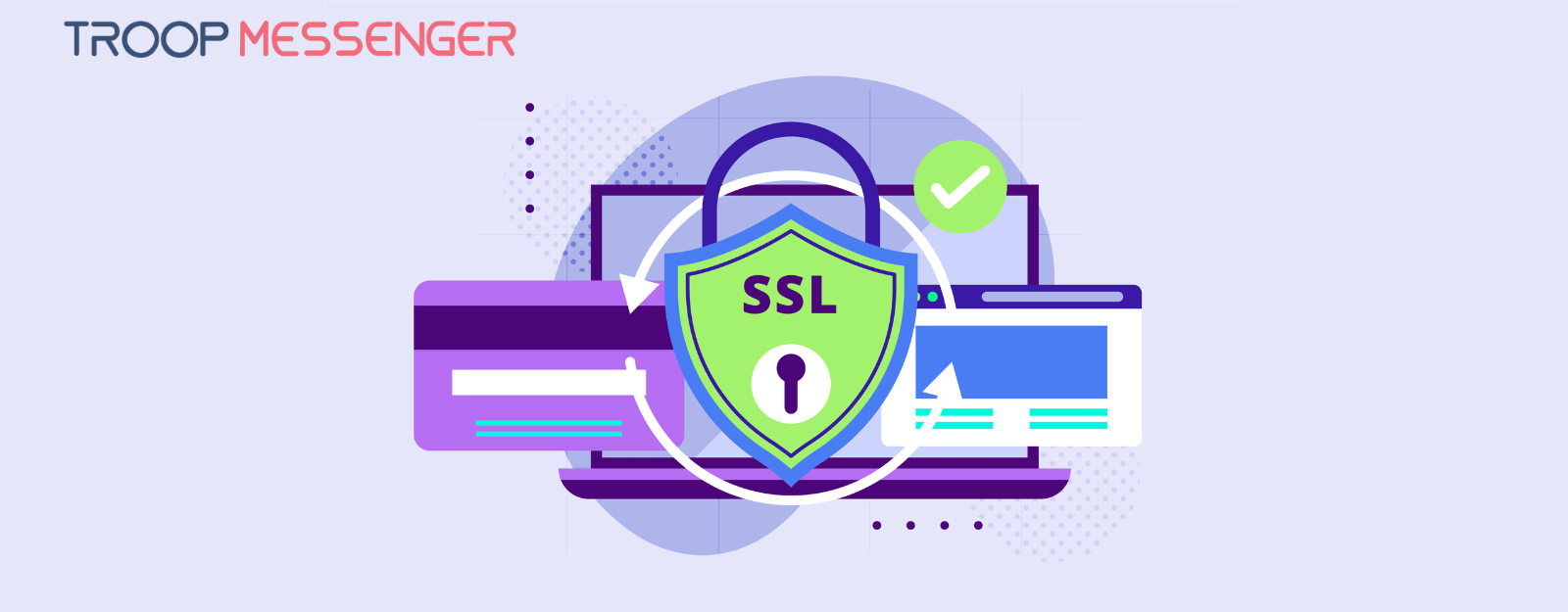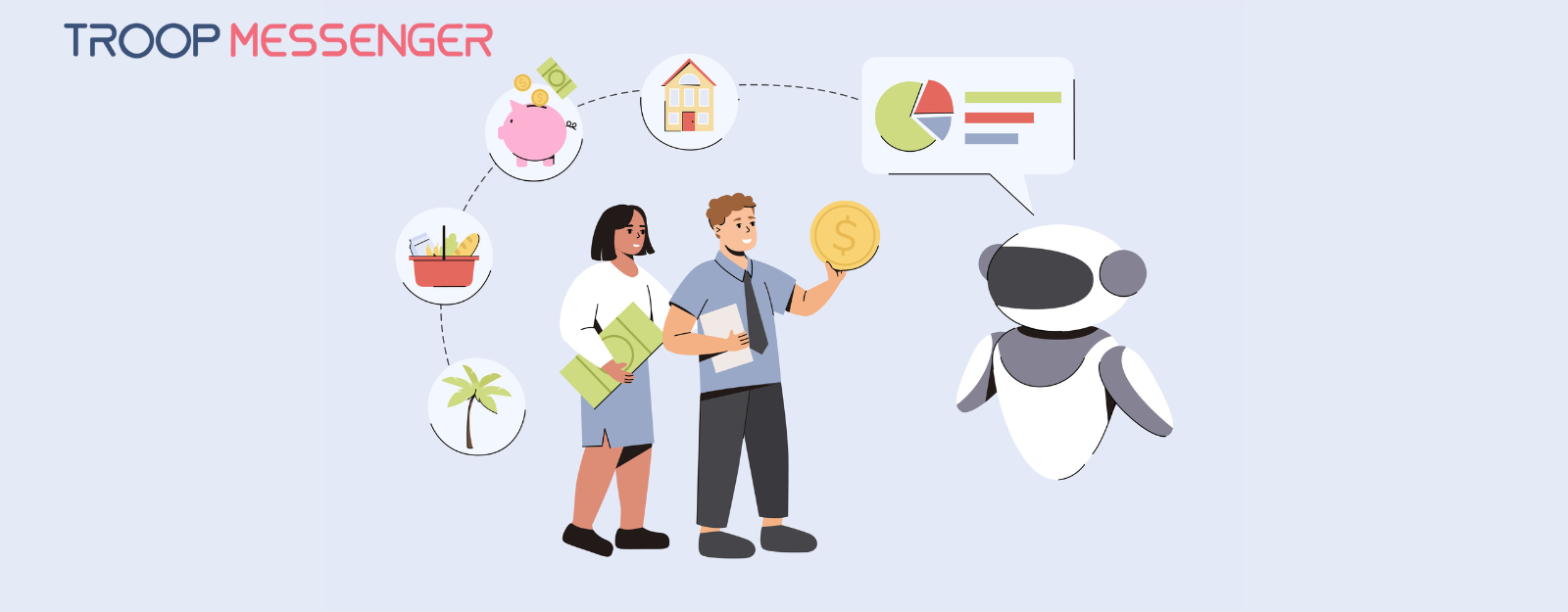Connect with us

Cyber Security Solutions For Business: Check How They Differ?
multi-factor-authentication-mfa-tools As of 2022, all sizes of businesses face increased cybersecurity risks due to the rising number of remote employees, SaaS applications, and cloud services. To handle these complexities and protect all corporate assets from cyber attacks, businesses need various cyber security tools that will secure identities, devices, networks, and cloud environments.
Let’s explain these modern security solutions and compare them.
Table of Contents
1. Two-Factor Authentication Vs Multi-Factor Authentication
Two-factor authentication (2FA) and Multi-factor authentication (MFA) tools are widely used by businesses of all sizes, to stay protected from cybersecurity threats. With these tools, businesses aim to secure employees’ and customers’ access to corporate resources and services. 2FA tools refer to verifying users' identities via two steps. First, users are required to enter their log-in credentials (user ID and password), then they have to provide a one-time password (OTP) to the authentication mechanism before they can access corporate resources. OTP is a number that users need to enter in a text box before they can log on. For example, employees of an organization might receive the OTP via SMS or email. OTPs are usually sent to users' phones via SMS text messages, and these OTPs can be possessed by cybercriminals via hacking users' devices. That’s why 2FA tools aren’t as secure as most people think.
On the other hand, multi-factor authentication (MFA) tools can really strengthen security and secure identities and access. MFA tools refer to verifying users’ identities via two or more steps. These tools require users to give in different pieces of evidence to the authentication mechanism. For instance, after users enter the right login credentials authentication mechanism might require them to provide OTPs, smart cards, tokens, or security keys, then as the third step, users might need to provide physical evidence like a fingerprint, eye scan, voice command, etc. When MFA is compared with 2FA, MFA tools are harder to bypass by cyber criminals. In so many ways, MFA is better than 2FA tools, and MFA tools prevent compromised accounts from gaining illegitimate access to corporate resources.
2. Remote Access VPN Vs Site-to-Site VPN
By all means, VPNs are essential components for every cybersecurity posture, and they bring many benefits to the table. But, businesses might be stuck between choosing Remote Access VPN and Site-to-Site VPN solutions, although they provide almost the same features. Site-to-site VPNs combine two or more networks into one and create private connections between them. This way, branch locations can securely communicate with each other, and each branch location can access resources that are hosted in other locations.
Additionally, all data transfers between these locations will be encrypted end-to-end, and these transfers will be unreadable to unauthorized parties. Also, it helps to have the usage of a static and dynamic IP address compared and understand which one is safer for a specific organization and its data transfer needs.
Site-to-site VPNs have two types of connections; intranet and extranet-based connections. Combining branch locations’ LANs into a Wide Area Network is an intranet-based site-to-site connection, and this type allows all branch locations access the resources other branch locations have. Extranet-based site-to-site connections make only a part of resources accessible to branch locations, contractors, or clients, and keep the rest of the resources private. Extranet-based connections can be quite handy, especially when a business wants to restrict access to certain resources. But, Site-to-site VPNs require on-premise setup in every branch location.
On the other hand, Remote Access VPNs have user end-configuration. Basically, employees, branch locations, contractors, or clients connect to corporate networks and resources by using client VPN software. These VPNs can be implemented quickly as they don’t require any on-premise infrastructure. Remote Access VPNs create secure and private connections between employees and corporate resources via using either a VPN gateway or a Network Access Server (NAS). Additionally, Remote Access VPNs use end-to-end encryption as well and make all data transfers unreadable and untrackable to third-party entities.
When a Remote Access VPN is compared to Site-to-Site VPN, Remote Access VPNs are way more cost-effective, and they make all corporate resources accessible to authorized users regardless of their locations. Deploying and maintaining Site-to-site VPNs usually require a lot of resources, time, and money. That’s why deploying a Remote Access VPN would be a better choice for businesses that lack resources, and expertise.
3. Secure Access Service Edge (SASE) Vs Zero Trust Network Access (ZTNA)
Both Secure Access Service Edge (SASE) and Zero Trust Network Access (ZTNA) are cutting-edge technologies for securing corporate networks, cloud, and on-premise resources. In essence, Zero Trust Network Access (ZTNA) is an individual component of the SASE framework, and it can be deployed separately. ZTNA is grounded on the motto “ trust none, verify all”, and adopts the principle of least privilege. This framework requires continuous authentication from users via MFA tools and it limits their access inside the network perimeter. It applies network segmentation to a corporate network and rigorously restricts the lateral movement of users. Additionally, it includes user and activity monitoring features that enable greater visibility on corporate networks.
Zero Trust’s deployment isn’t complex like SASE, and it can be integrated easily. On the other hand, SASE is a cloud-based architecture that offers networking and security features as a service. Since it is an architecture, not a product, its integration takes time, and resources. In this regard, NordLayer Decision Maker’s kit can help you better grasp the integration process and SASE solution journey. SASE unifies five main components, these are SD-WAN as a service, Secure Web Gateway (SGW), Firewall as Service (FWaaS), Cloud Access Security Broker (CASB), and Zero Trust Network Access (ZTNA).
When SASE is compared to Zero Trust, it provides more comprehensive security tools to businesses. SASE can enable more robust security in cloud environments and on-premise resources. Additionally, with SASE, businesses can center security and networking tools on the cloud, and establish the best network and application performance. If a business only uses Zero Trust, this business still needs to implement a few additional cybersecurity practices, security, and networking tools security and networking tools to establish the robust security that SASE provides. Naturally, this will increase the costs and create a disjointed cybersecurity posture.
4. Identity & Access Management (IAM) Vs Privileged Access Management (PAM)
Improperly handled end-point users, and devices can be exploited by cybercriminals to execute cyber-attacks and conduct malicious activities in your corporate networks. Nowadays, all sizes of businesses should use modern security tools to secure end-point users, and their devices regardless of their locations. In this regard, employing either Identity Access Management (IAM) and Privileged Access Management (PAM) tools can accomplish secure access for end-point users and the devices that they use to connect your corporate networks and resources. These tools can maintain overall security and establish secure connections regardless of locations and devices.
Identity Access Management (IAM) refers to a process of assigning access privileges for every user, device, and application to access all kinds of corporate assets. IAM tools employ MFA, biometrics, and single sign-on (SSO) tools to apply continuous authentication to every user, device, or application. On the other hand, Privileged Access Management (PAM) refers to the tools that are used to manage specific profiles of employees’ access to sensitive areas of the corporate networks. Commonly, corporate resources that are accessed by PAM tools are separated from everyone’s reach. Additionally, while using PAM tools IT admins can set different levels of access privileges for different groups and employee profiles.
Although both IAM and PAM are tools for access management, they aren’t the same. IAM tools manage access privileges for every employee, device, and application while PAM tools manage access privileges for specific profiles of employees and groups. In other words, PAM tools handle access to sensitive information systems while IAM handles access to all kinds of corporate resources. Both IAM and PAM tools can be cloud-based and deployed quickly. Generally, IAM and PAM tools are used alongside each other, and they are essential components for enabling secure access to corporate resources.
5. Datacenter vs. Residential Proxies
In the world of cyber security, proxies play an essential role in hiding your actual IP address and protecting the online identity of a business. Datacenter and residential proxies are the two most popular proxy server types.
Datacenter proxies are usually faster and more stable than residential proxies. They're also more reliable, are easier to set up, and tend to be less expensive. However, web servers are more likely to detect and block data center proxies.
On the other hand, rotating residential proxies are less straightforward to set up and are usually more expensive. Residential proxies are less reliable and slower than data center proxies, but they offer a higher level of anonymity and are less likely to be detected and blocked. They are also more difficult for hackers to track.
Last Remarks
In today’s world, all sizes of businesses are up against high risks of cyber attacks. When modern-day complexities in corporate networks aren’t taken care of properly, cybercriminals can exploit vulnerabilities and conduct malicious activities in corporate networks. That’s why businesses need to implement modern security solutions like Remote Access VPN, MFA, SASE, and ZTNA.
As the world progresses, it is important for businesses to consider cybersecurity more carefully. By being proactive, businesses can avoid becoming victims of cybercrime. There are many different types of cybersecurity solutions available, so it is crucial to use the most recent and effective ones for your specific needs. Solutions like SASE and ZTNA can help you keep your business safe.








